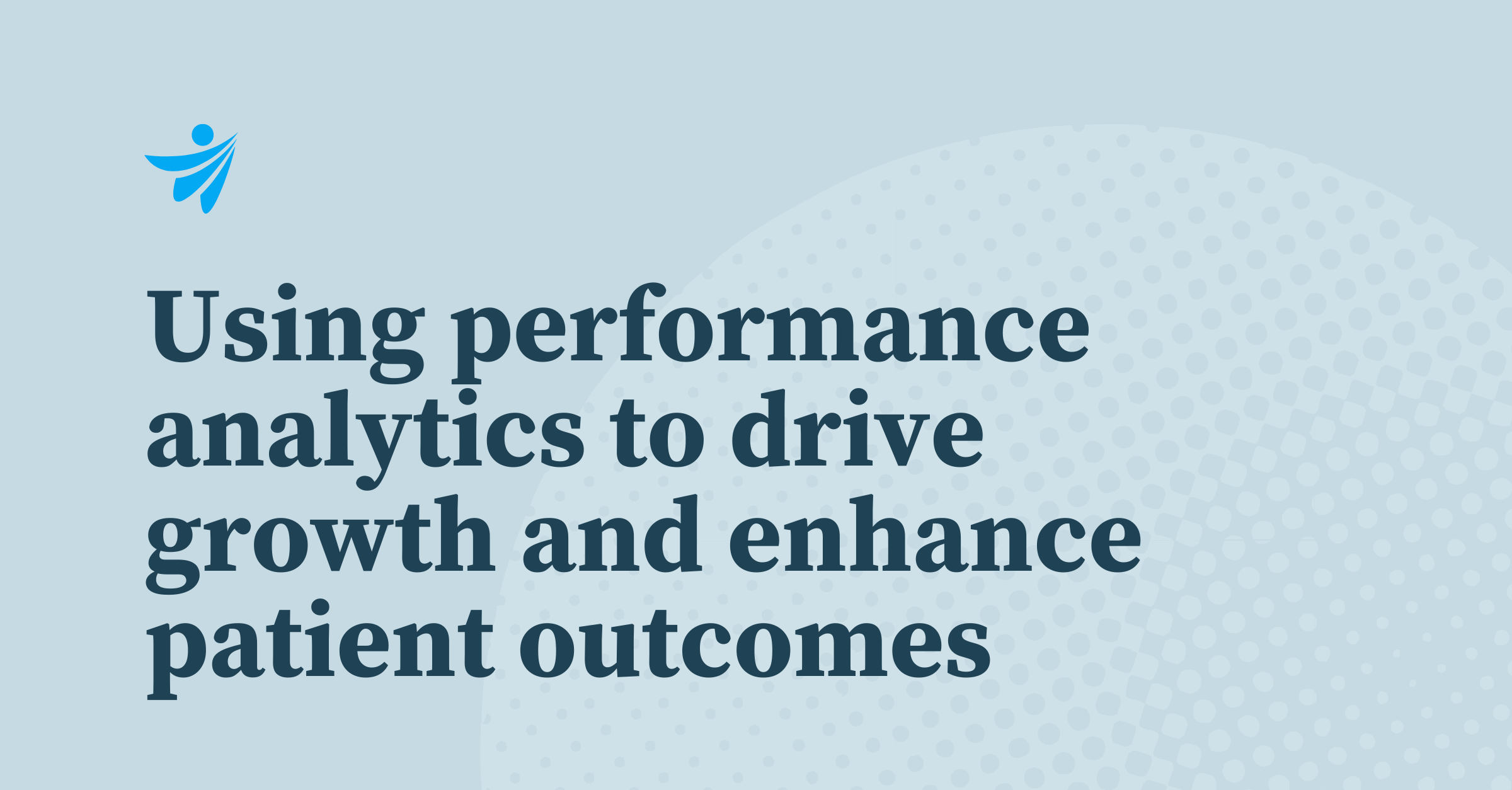
Insights for Providers
Jul 19, 2024
Insights for Providers | January 25, 2024
In the healthcare sector, the strategic use of predictive analytics is crucial for providers aiming to maintain competitiveness. Leveraging data allows them to more accurately anticipate and adapt to market shifts and evolving patient needs. By effectively employing predictive analytics, healthcare providers can ensure they remain responsive and ahead of competitors. By leveraging data to forecast trends, predictive analytics allows hospitals to allocate resources efficiently, improve patient care, and optimize operational processes. With predictive analytics, providers can identify early indicators of market trends, empowering them to make informed decisions to mitigate risks and stay ahead in a rapidly evolving industry. There are proven strategies hospitals can use to maintain a competitive edge by adapting to market changes revealed by predictive analytics — they’re outlined below. Predictive analytics can be used to dig deep into utilization patterns, usually by examining the frequency of specific procedures or the demand for particular specialties. By processing large datasets and identifying these trends, healthcare providers can anticipate future needs, adjust resource allocation, and tailor services to efficiently meet demand. This proactive approach allows healthcare organizations to efficiently and effectively align their services with evolving patient requirements —and this thoughtfulness often means good things for patient loyalty. Analyzing data on patient satisfaction and clinical outcomes provides valuable insights into trends in patient preferences and healthcare quality expectations. By exploring these metrics, hospitals can identify patterns and areas for improvement, which leads them to make necessary changes sooner rather than later. This ensures that hospitals remain responsive to patient needs, fostering continuous improvement in the delivery of care. By analyzing demographic shifts and the composition of patient populations, hospital leaders can effectively forecast changes in healthcare needs, particularly for aging populations. By identifying certain trends, such as increases in specific age groups or diseases associated with aging, providers can strategically plan targeted service expansions, utilize their staff more effectively, and enhance specialized care for conditions prevalent in older demographics. This way, hospitals can be well-prepared to meet the evolving healthcare demands of the community they serve. Hospitals can also use rate intelligence data to predict cash flow, revenue, and expenditure trends — enabling more effective financial planning and risk management. Through the analysis of historical data and market trends, providers can brace for fluctuations in reimbursement rates, patient volumes, and operational costs. This foresight allows hospital financial leaders to make informed decisions, optimize resource and staff allocation, and implement strategic measures to mitigate financial risks. Employing analytics to monitor competitors’ service offerings, expansion plans, and financial health equips hospitals with insights into market trends and potential shifts. By staying informed about the competitive landscape, providers can position themselves to stay ahead or differentiate their services. Doing so allows hospitals to quickly adapt to changing market dynamics and enhance their service portfolios — as well as maintain a competitive edge by meeting evolving patient needs and expectations before it’s too late. Predictive analytics can also play a pivotal role in identifying potential partnership opportunities for hospitals by uncovering data on technological advancements, market trends, and performance metrics. By leveraging this insight, providers can collaborate with technology vendors or other healthcare entities to improve service offerings and operational efficiency. These partnerships enable hospitals to integrate innovative solutions, streamline processes, and collectively address emerging challenges — ultimately fostering a more dynamic and responsive healthcare ecosystem. Hospitals need to realize the transformative impact of predictive analytics. As they navigate the complex landscape of the healthcare industry, the ability to anticipate market shifts will be an undeniably critical advantage for providers. Through predictive analytics, healthcare organizations gain the foresight to adjust resources efficiently, enhance patient care, and optimize operations. The analysis of patterns in healthcare utilization, patient satisfaction data, and demographic shifts enables proactive decision-making — ensuring that services align with evolving needs. Furthermore, by monitoring competitors and identifying strategic partnerships, hospitals can stand out in a rapidly changing market. The strategic adoption of predictive analytics not only empowers healthcare providers to navigate uncertainties but also positions them at the forefront of innovation, ready to deliver the quality of care the patients need and deserve.How predictive analytics can help in identifying healthcare market shifts
Analyzing healthcare utilization trends/consumer demand
Patient satisfaction and outcome predictions
Patient demographics and market segmentation
Rate intelligence data and financial performance forecasting
Competitive analysis
Strategic partnerships and collaborations
Conclusion